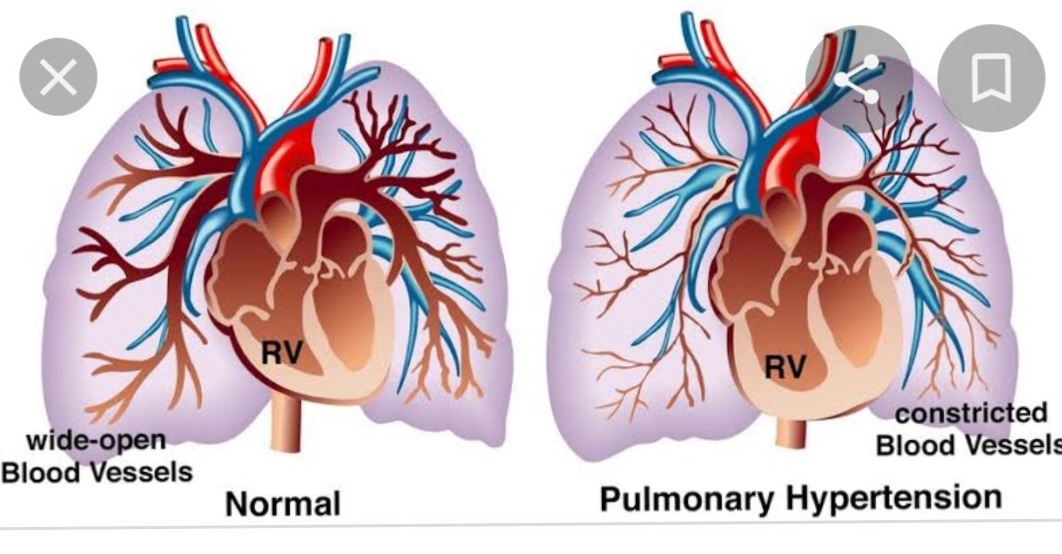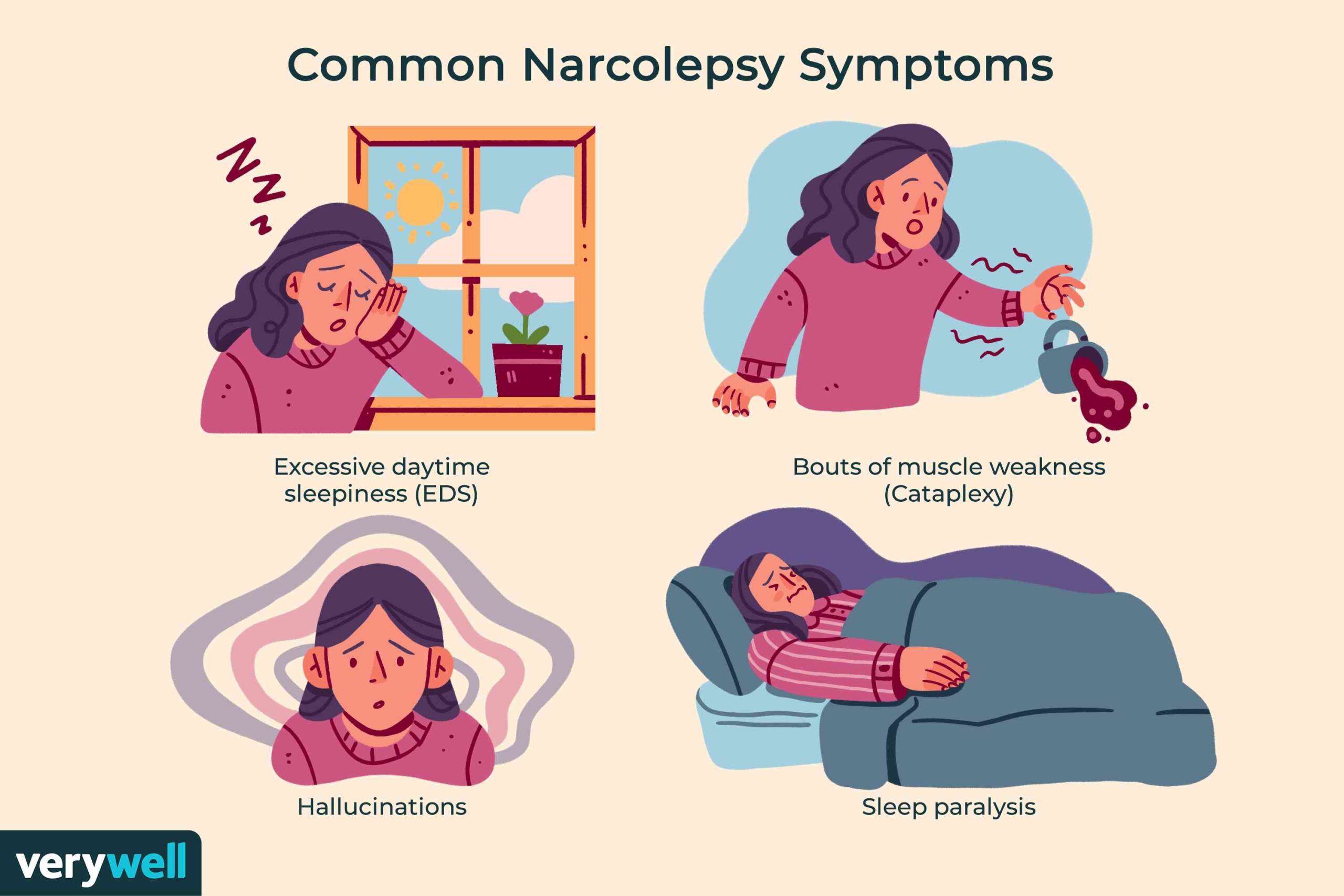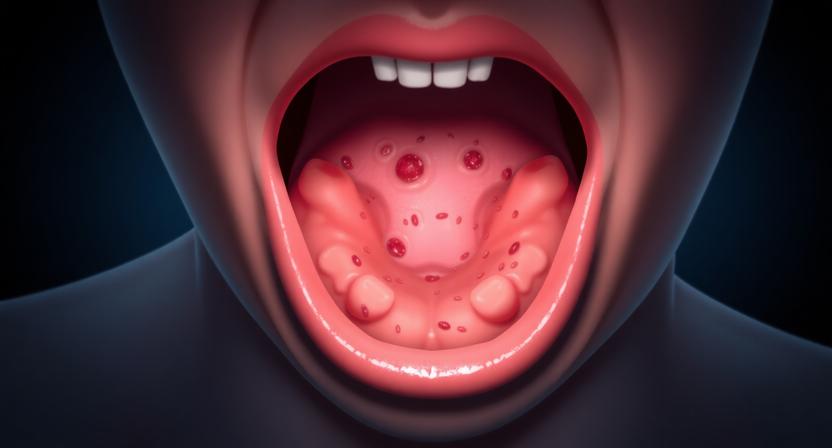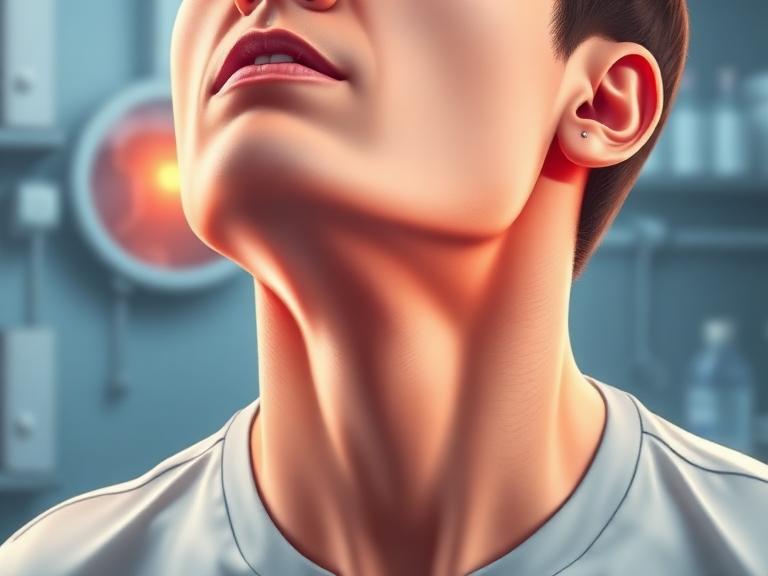Emergency treatment for high blood pressure at home-various-aspects-
Some methods to manage high blood pressure at home consist of:
Deep breathing
Breathe deeply through your nose, pause for a few seconds, and slowly release the air through your mouth. Repeat for one minute.
Drink water
Lack of hydration can result in an increase in blood pressure. Consuming water can assist in reducing it.
Reduce stress
Stress is a frequent contributor to high blood pressure. Consider meditating, stretching, or sitting quietly.
Take a bath or shower
Warm water can aid in relaxation and alleviate muscle tension.
Apply cold compresses
Put cold compresses on your neck, forehead, or wrists to narrow blood vessels.
Drink tea
Chamomile, hibiscus, or jasmine tea can promote a sense of calm and reduce your blood pressure.
Eat dark chocolate
Dark chocolate contains flavonoids, which can assist in relaxing blood vessels.
Eat potassium-rich foods
Potassium can aid in lowering blood pressure. You could try Himalayan pink salt, which has a higher potassium content than standard table salt.
Reduce sodium intake
Sodium leads your body to hold onto water, which may elevate your blood pressure.
Exercise
Mild physical activity, such as brisk walking or gentle stretching, can help reduce blood pressure.
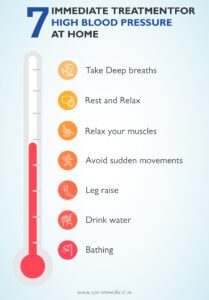

If you’re facing a spike in blood pressure without any accompanying symptoms, you can utilize these home methods to assist in reducing your blood pressure swiftly, albeit temporarily:
Engage in breathing exercises: Taking slow, deep breaths can aid in lowering your blood pressure. Attempt to take a deep breath and hold it for several seconds before exhaling. You may repeat this for a few minutes to help your body unwind.
Your physician-MD -GENERAL MEDICINE DOCTOR may also bring in additional specialists for your High blood pressure treatment, such as a nutritionist or dietician, a pharmacist, and experts for any other conditions you might have, including cardiac conditions. If your high blood pressure is a result of another health issue or medication, it may improve once the underlying cause is addressed or eliminated.
If you are suffering from high blood pressure it is always better to consult a qualified and experienced MD General Medicine doctor-Physician-counselling-Many people ask then why to read all this text -the reason is that it helps you to understand the pathology better ,you can cooperate with treatment better ,your treating physician is already busy with his patients and he does not have sufficient time to explain you all the things right from ABCD.
Recline: Lying down can also aid in relaxation. It can enhance your blood circulation and reduce your blood pressure. Consider lying down for around 10 minutes for optimal results.
Take a bath or shower: Water can assist in relaxing muscles and alleviating stress. Cold water can constrict your blood vessels, and while this may initially elevate blood pressure, it will result in a subsequent decrease in blood pressure during rewarming.
Consume water: Dehydration can lead to increased blood pressure. Drinking water can assist in lowering it back down.
Is there anything you can drink to quickly reduce blood pressure?
Dehydration can elevate your blood pressure, so rehydration can aid in decreasing your blood pressure. Water is generally the most effective option.
While beverages like sports drinks can sometimes be beneficial for hydration, they frequently contain additives, such as sodium, which can elevate your blood pressure.
10 methods to manage high blood pressure without medication.
If you are experiencing high blood pressure, you might be questioning whether medication is necessary for treatment. However, lifestyle modifications play a crucial role in managing high blood pressure. Maintaining blood pressure with a healthy lifestyle may help prevent, delay, or reduce the requirement for medication.
Here are 10 lifestyle modifications that can decrease blood pressure and maintain it at a lower level.
1. Shed excess weight and monitor your waist circumference
Blood pressure frequently rises as weight increases. Carrying excess weight can also lead to interrupted breathing during sleep, a condition known as sleep apnea. Sleep apnea further elevates blood pressure.
Losing weight is among the most effective methods for regulating blood pressure. If you’re overweight or dealing with obesity, shedding even a little amount of weight can aid in lowering blood pressure. Blood pressure is gauged in millimeters of mercury (mm Hg). Generally, blood pressure may decrease by about 1 mm Hg for every kilogram (approximately 2. 2 pounds) lost.
Additionally, the measurement of the waistline is significant. Having excessive weight around the waist can heighten the likelihood of high blood pressure.
Generally:
Men are considered at risk if their waist circumference exceeds 40 inches (102 centimeters).
Women are considered at risk if their waist circumference exceeds 35 inches (89 centimeters).
These figures can vary among different ethnic groups. Consult your healthcare provider about a healthy waist circumference for you.
2. Engage in regular exercise
Consistent aerobic exercise can reduce high blood pressure by approximately 5 to 8 mm Hg. It is essential to continue exercising to prevent blood pressure from increasing again. As a general aim, strive for at least 30 minutes of moderate physical activity daily.
Exercise can also assist in preventing elevated blood pressure that is slightly above the ideal range from developing into high blood pressure, referred to as hypertension. For individuals with hypertension, regular physical activity can decrease blood pressure to safer levels.
Some forms of aerobic exercise that can aid in reducing blood pressure include walking, jogging, cycling, swimming, and dancing. Another effective type of exercise is high-intensity interval training, which combines short periods of intense activity with lighter activity intervals.
Strength training may also contribute to lowering blood pressure. Plan to incorporate strength training exercises at least two days weekly. Discuss establishing an exercise regimen with a healthcare professional.
3. Follow a nutritious diet
Consuming a diet abundant in whole grains, fruits, vegetables, and low-fat dairy while being low in saturated fat and cholesterol can potentially lower high blood pressure by up to 11 mm Hg. The Dietary Approaches to Stop Hypertension (DASH) diet and the Mediterranean diet are examples of dietary plans that can aid in controlling blood pressure.
Dietary potassium can mitigate the effects of table salt and sodium on blood pressure. Food manufacturers frequently add sodium to processed foods for flavor enhancement. Aim for a daily intake of 3,500 to 5,000 milligrams (mg) of potassium. This may reduce blood pressure by 4 to 5 mm Hg. Inquire with your healthcare provider about your appropriate potassium needs.
4. Decrease salt and sodium in your diet
Even a slight reduction in sodium intake can enhance heart health and blood pressure. The influence of sodium on blood pressure differs among various groups of individuals. Generally, restrict sodium to 2,300 mg per day or fewer. However, for the majority of adults, it’s preferable to cap sodium at 1,500 mg a day or fewer. Achieving this may reduce high blood pressure by approximately 5 to 6 mm Hg.
To reduce sodium in the diet:
Read food labels. Seek out low-sodium options for foods and beverages.
Consume fewer processed foods. A minimal amount of sodium is found naturally in foods. The majority of sodium is added during processing.
Avoid adding table salt. Utilize herbs or spices to enhance the flavor of food.
Cook. Preparing food yourself allows you to manage the sodium content in meals.
5. Restrict alcohol
Limiting alcohol intake to less than one drink per day for women or two drinks per day for men can aid in decreasing blood pressure by around 4 mm Hg. One drink is equivalent to 12 fluid ounces of beer, 5 ounces of wine, or 1. 5 ounces of 80-proof liquor.
Nevertheless, excessive alcohol consumption can elevate blood pressure by several points. It can also diminish the effectiveness of blood pressure medications.
6. Stop smoking
Smoking elevates blood pressure. Quitting smoking assists in lowering blood pressure. It can also decrease the risk of heart disease and enhance overall health, potentially leading to a longer lifespan.
7. Ensure adequate sleep
Getting less than seven hours of sleep each night for several weeks can contribute to hypertension. Factors that may disrupt sleep include sleep apnea, restless leg syndrome, and general sleeplessness, commonly referred to as insomnia.
Adults should strive to achieve 7 to 9 hours of sleep nightly. Inform your healthcare provider if you frequently experience sleep difficulties. Identifying and addressing the cause can help enhance sleep. However, if you do not suffer from sleep apnea or restless leg syndrome, adhere to these straightforward suggestions for obtaining more restorative sleep.
Maintain a sleep routine. Go to bed and rise at the same time each day. Attempt to uphold the same routine on weeknights and weekends.
Establish a calming environment. This involves keeping the sleep area cool, quiet, and dark. Engage in a relaxing activity in the hour leading up to bedtime. This might consist of taking a warm bath or practicing relaxation techniques. Switch off or dim bright lights, such as from a television, phone, or computer screen.
Be mindful of your food and drink. Avoid going to bed hungry or overly full. Try not to have substantial meals close to bedtime. Limit or steer clear of nicotine, caffeine, and alcohol close to bedtime as well.
Restrict naps. For those who find daytime napping beneficial, limit naps to 30 minutes and take them earlier in the day. This may improve nighttime sleep.
8. Alleviate stress
Chronic stress may contribute to elevated blood pressure. Additional studies are required to understand the impact of stress reduction strategies on lowering blood pressure.
However, it’s beneficial to identify what triggers your stress, whether it’s work, family, financial issues, or health problems. Once you recognize the sources of your stress, you can discover methods to manage them.
Consider the following:
Avoid overcommitting yourself. Organize your day and prioritize your most essential tasks. Learn to decline additional responsibilities. Ensure you allocate sufficient time to complete necessary tasks.
Concentrate on aspects you can influence and develop plans to address them. If there is an issue at work, consult with a manager. For conflicts with children or a partner, seek resolution strategies.
Steer clear of stressors. For instance, if rush-hour congestion induces stress, opt to travel at different times or utilize public transportation. If possible, avoid individuals who contribute to your stress.
Allocate time to unwind. Dedicate a few moments each day to sit calmly and breathe deeply. Make time for enjoyable pursuits or hobbies, like walking, cooking, or volunteering.
Cultivate gratitude. Expressing appreciation to others can aid in reducing stress.
9. Monitor your blood pressure at home and schedule regular checkups
You can assess your blood pressure at home to ensure that your medications and lifestyle modifications are effective.
Home blood pressure monitors are readily accessible and do not require a prescription. Consult with a healthcare practitioner regarding home monitoring before you begin.
Frequent consultations with a healthcare professional are also crucial for managing blood pressure. If your blood pressure is adequately controlled, inquire with your healthcare provider about how often you should monitor it. You may find it sufficient to check it just once daily or even less frequently.
10. Manage your cholesterol and blood sugar
Elevated blood sugar levels and high levels of “bad” non-HDL cholesterol increase the risk of heart disease. To help regulate cholesterol and blood sugar, adopt some of the same healthy practices that aid in lowering blood pressure. Maintain a nutritious diet, engage in physical activity, shed excess weight, and avoid smoking. Adhere to your healthcare provider’s recommendations for managing cholesterol and blood sugar.
Implementing these 10 lifestyle modifications is a long-term commitment, and certain days may present challenges. Therefore, seek support from family or friends when necessary. Your loved ones might inspire you to prioritize self-care, transport you to healthcare appointments, or join you in an exercise regimen to help keep your blood pressure in check.
If you feel you require assistance beyond your family and friends, consider joining a support group. This could connect you with individuals who can uplift your mood or enhance your self-confidence. The support group can also provide practical guidance for managing your condition.
A blood pressure emergency occurs when your blood pressure goes up to 180/120 or higher. You might attempt breathing exercises and hydrate to assist in lowering your blood pressure within five minutes. However, you might also need to dial 911 or seek urgent medical assistance.
A blood pressure emergency occurs when your blood pressure reaches 180/120 or above.
This situation can arise with or without any symptoms. When it occurs without symptoms, it’s generally safe to wait around five minutes.
You can then take a second blood pressure measurement to check if your blood pressure has decreased. Techniques like breathing exercises, lying flat, cold showers, and drinking water can sometimes aid in rapidly lowering your blood pressure at home.
However, if your blood pressure of 180/120 or above leads to symptoms, it’s not safe to wait at home. This is a medical emergency that requires immediate attention. Continue reading to find out more.
What constitutes a blood pressure emergency?
However, not every serious blood pressure scenario qualifies as an emergency.
There are two categories of blood pressure crises:
Hypertensive urgency: This occurs when your blood pressure measures 180/120 or higher, but you do not have any symptoms accompanying the elevated reading.
Hypertension emergency: This takes place when your blood pressure is extremely high, and you are experiencing symptoms. When this occurs, it’s considered a medical emergency. It’s crucial to call 911 and obtain emergency care.
If your blood pressure is 180/120 or above and you are not showing symptoms, you may wait approximately 5 minutes before taking another measurement.
If your measurement hasn’t decreased in those 5 minutes, yet you haven’t developed symptoms, your blood pressure situation would be categorized as hypertensive urgency.
This kind of blood pressure emergency requires medical attention, but it seldom necessitates hospitalization.
Symptoms you might recognize
You may encounter various symptoms during a hypertensive emergency. If you notice these symptoms along with a blood pressure reading of 180/120 or higher, it is vital that you seek immediate medical assistance.
Symptoms of a hypertensive emergency include:
vision changes
changes in your ability to speak
chest pain
shortness of breath
back pain
numbness and tingling
weakness
Do some medications elevate blood pressure perilously?
There are certain medications that can lead to an increase in your blood pressure. The extent to which your blood pressure rises relies on various factors, including your age, genetics, and overall health.
Medications that may elevate your blood pressure include:
corticosteroids
specific antidepressants
immunosuppressant drugs
birth control pills and other hormonal treatments
migraine treatments
non-steroidal anti-inflammatory medications (NSAIDs)
acetaminophen (Tylenol)
decongestants
allergy treatments
asthma treatments
over-the-counter (OTC) cold remedies
thyroid hormone treatments
performance-enhancing steroids
the weight loss drug phentermine
supplements like black licorice and Ephedra
Certain medications pose a greater risk of raising your blood pressure when taken in combination. For example, using an OTC cold medication along with an antidepressant on the same day can trigger a spike.
Moreover, substances such as caffeine, nicotine, and alcohol are recognized for increasing blood pressure. Consuming any of these together with medications associated with elevated blood pressure may raise the risk Trusted Source of experiencing a blood pressure spike.
What is the quickest method to reduce high blood pressure at home?
If you’re facing an increase in blood pressure without any additional symptoms, you can attempt these techniques at home to help lower your blood pressure swiftly but temporarily:
Engage in breathing exercises: Inhaling deeply and slowly can aid in lowering your blood pressure. Attempt to take a deep breath and hold it for a few seconds before exhaling. You may do this for a few minutes to assist your body in relaxing.
Recline: Lying down can also promote relaxation. It can improve your blood circulation and decrease your blood pressure. Consider lying down for approximately 10 minutes for optimal results.
Take a bath or shower: Water can aid in relaxing muscles and alleviating stress. Cold water may constrict your blood vessels, and although this might initially increase blood pressure, subsequent rewarming will lead to a decrease in blood pressure.
Hydrate: Dehydration can elevate your blood pressure. Consuming water can assist in lowering it.
Is there anything you can drink to quickly reduce blood pressure?
Since dehydration can elevate your blood pressure, rehydration can assist in lowering your blood pressure. Water is usually the most effective option.
Although beverages like sports drinks can sometimes help with hydration, they frequently have additives, like sodium, which can increase your blood pressure.
At what blood pressure level should you seek emergency assistance? It’s crucial not to manage a blood pressure crisis at home if your reading is 180/120 or above and if you have accompanying symptoms. This constitutes a significant medical emergency that necessitates immediate, professional intervention.
In this scenario, it is unsafe to delay for 5 minutes to take another reading or to attempt to lower your blood pressure by yourself.
The most appropriate action is to call 911 or have someone take you to the closest emergency department.
Takeaway
A blood pressure emergency takes place when your blood pressure hits 180/120 or above. In instances where this occurs without any related symptoms, it is acceptable to wait 5 minutes prior to taking a second blood pressure reading. At times, techniques like deep breathing exercises and hydration can assist in lowering your blood pressure quickly.
However, if your blood pressure reading is 180/120 and you are experiencing symptoms such as blurred vision, chest pain, difficulty breathing, numbness and tingling, and trouble speaking, it is vital that you dial 911 or have someone transport you to the closest emergency room.
If you intend to become pregnant or are already pregnant, discuss with your physician-MD -GENERAL MEDICINE DOCTOR the medications you are using to manage your blood pressure. Not every medication is safe to use during pregnancy, although some are-FOR FURTHER INFORMATION IN GREAT DETAIL PL CLICK ON THE LINK GIVEN BELOW-It is always better to view links from laptop/desktop rather than mobile phone as they may not be seen from mobile phone. ,in case of technical difficulties you need to copy paste this link in google search. In case if you are viewing this blog from mobile phone you need to click on the three dots on the right upper corner of your mobile screen and ENABLE DESKTOP VERSION .

